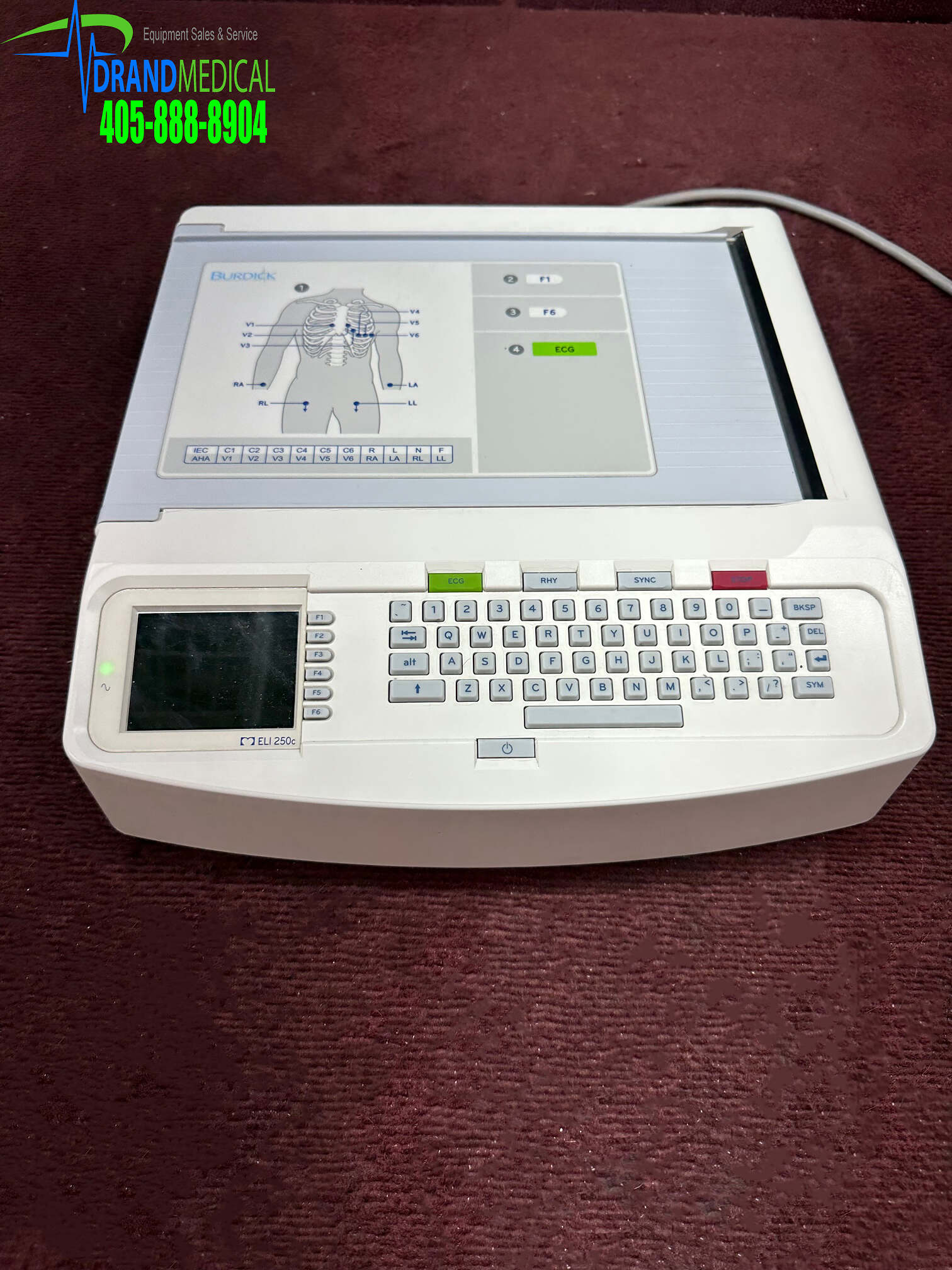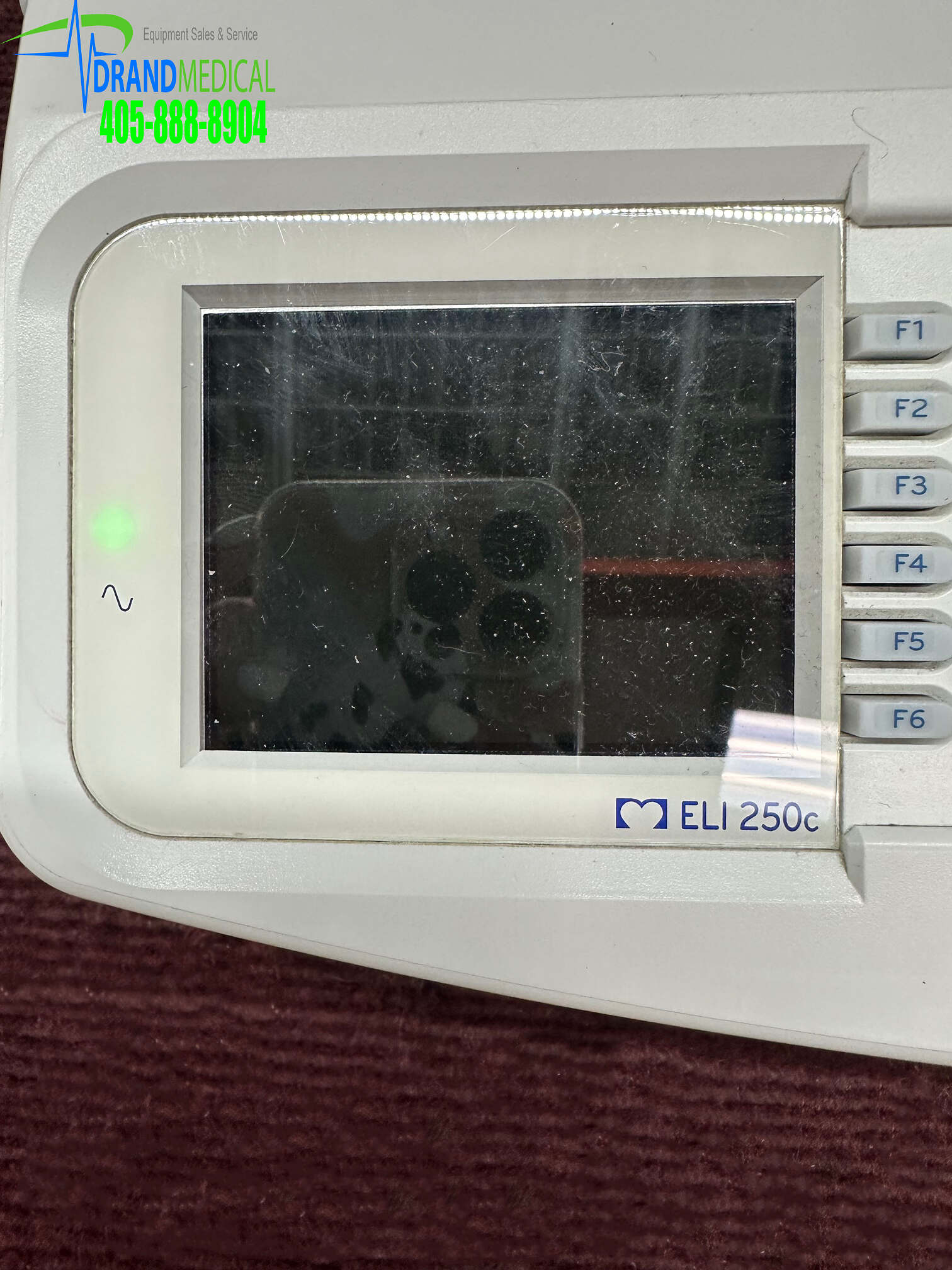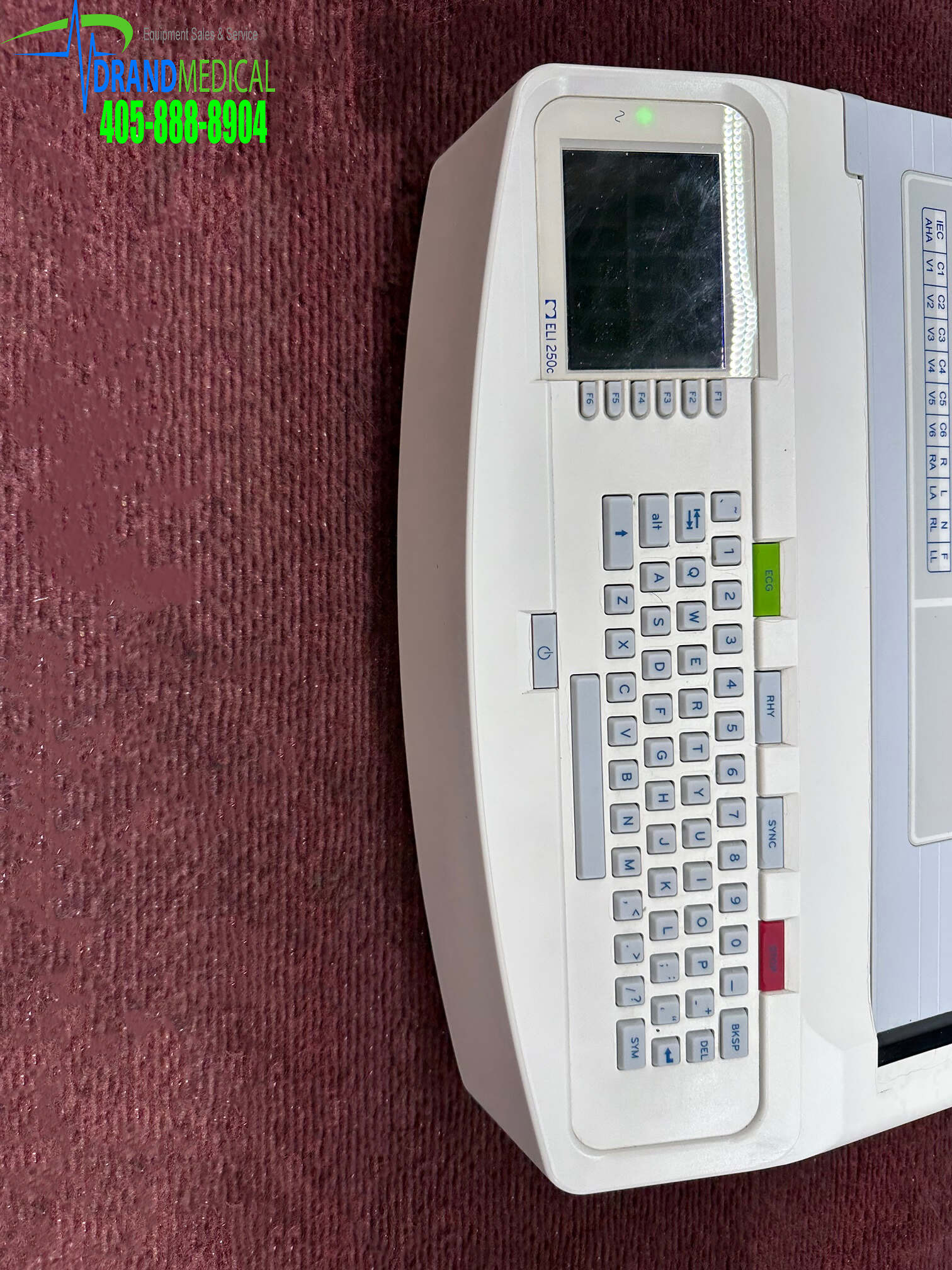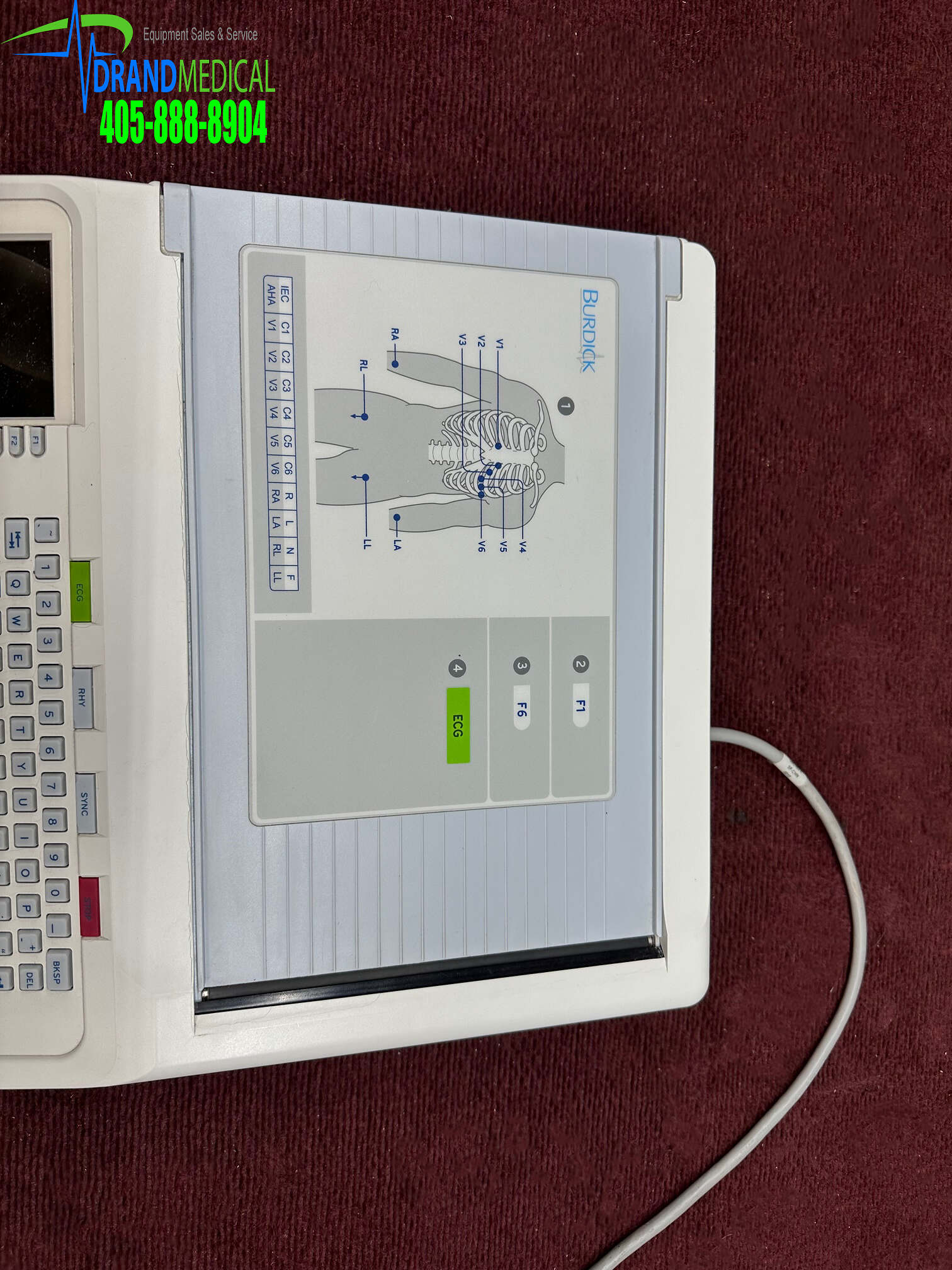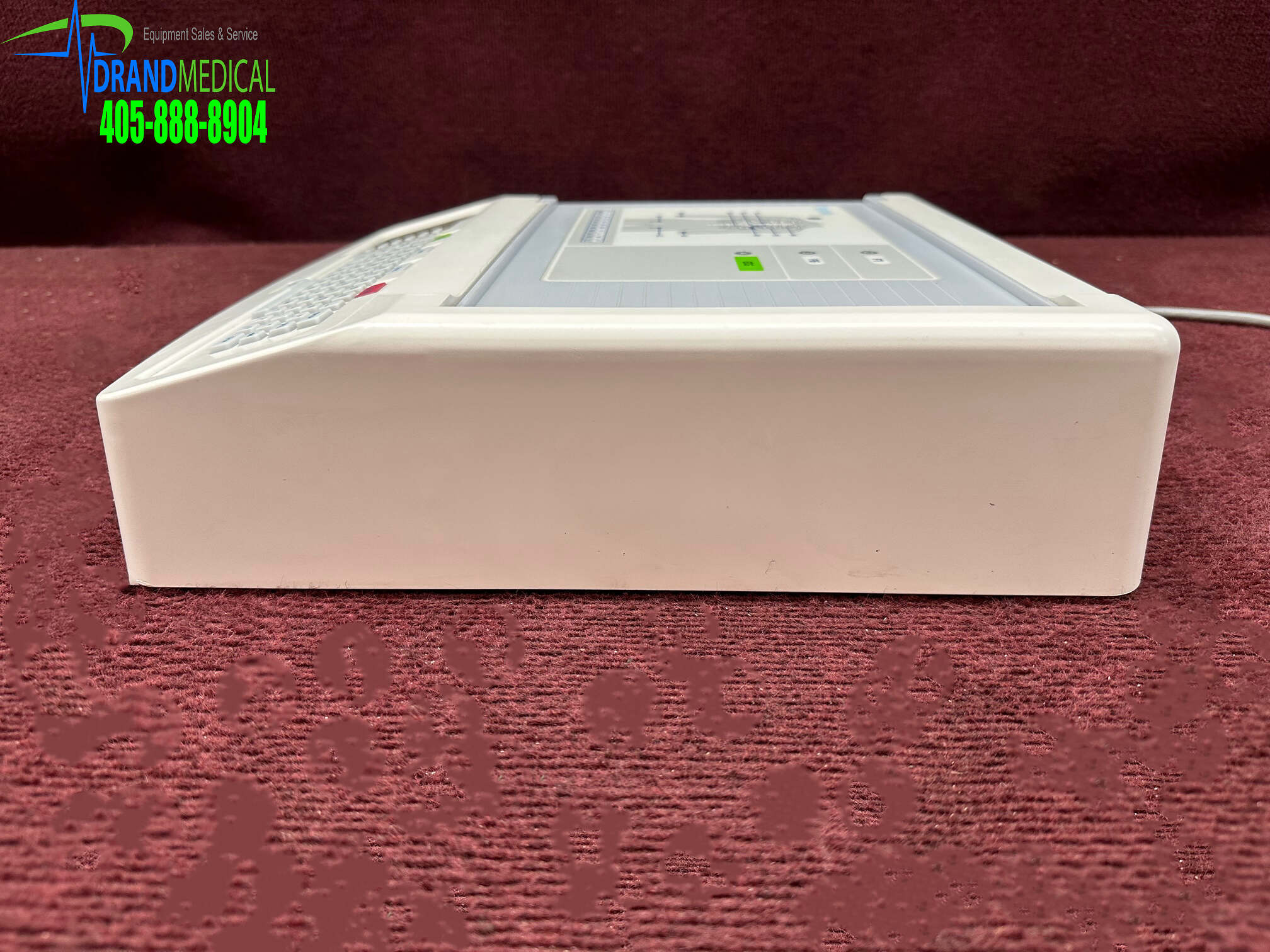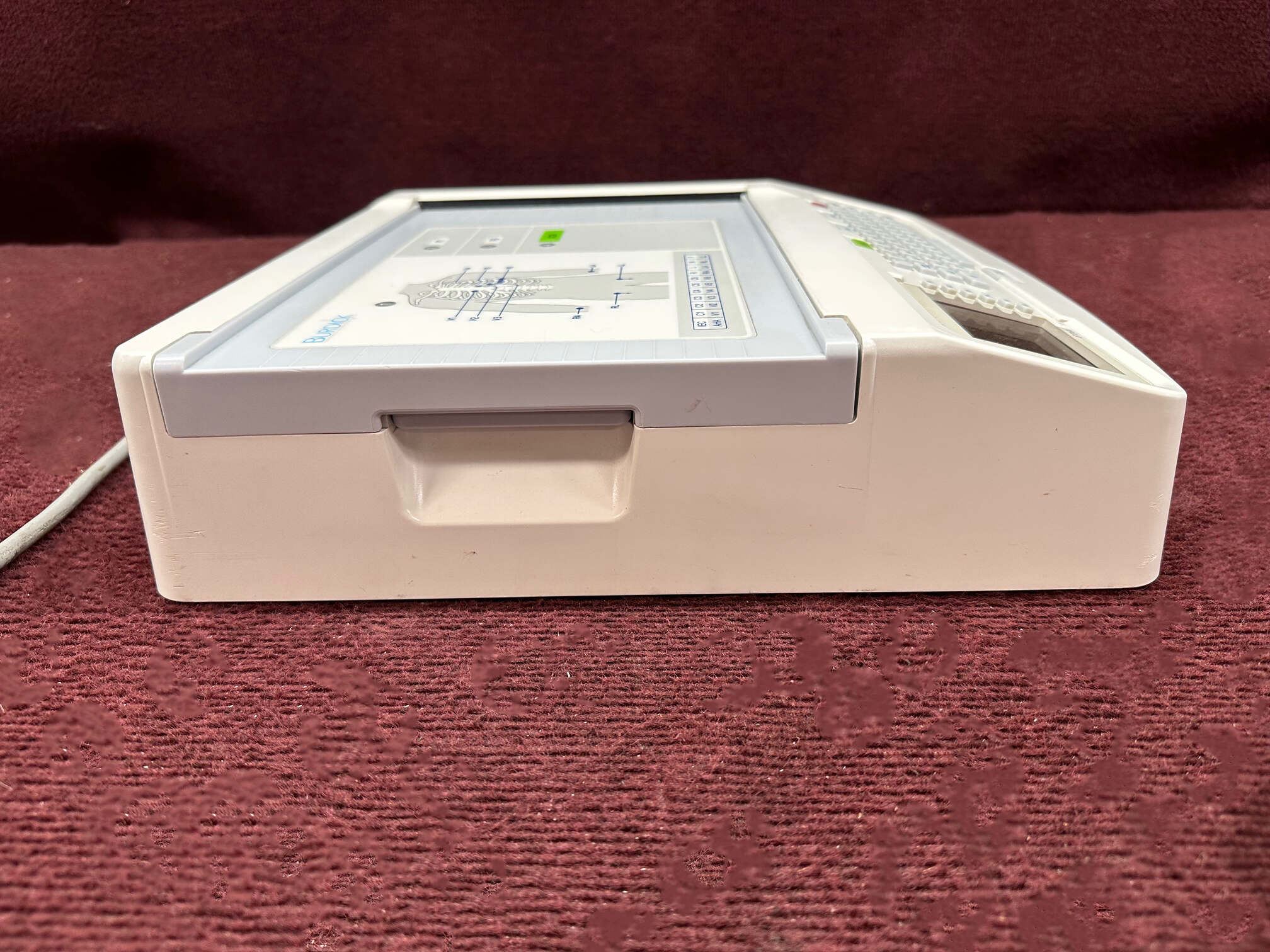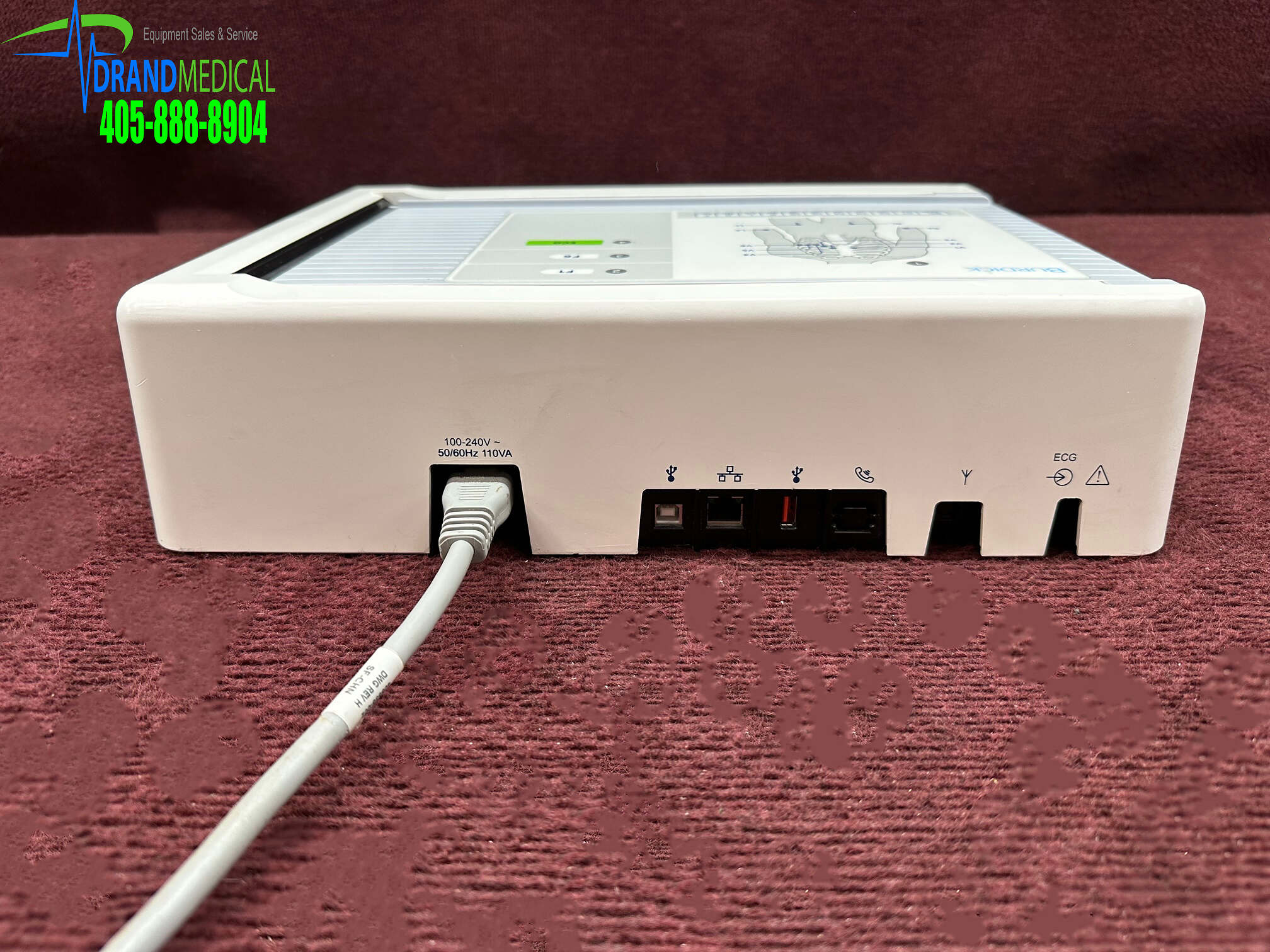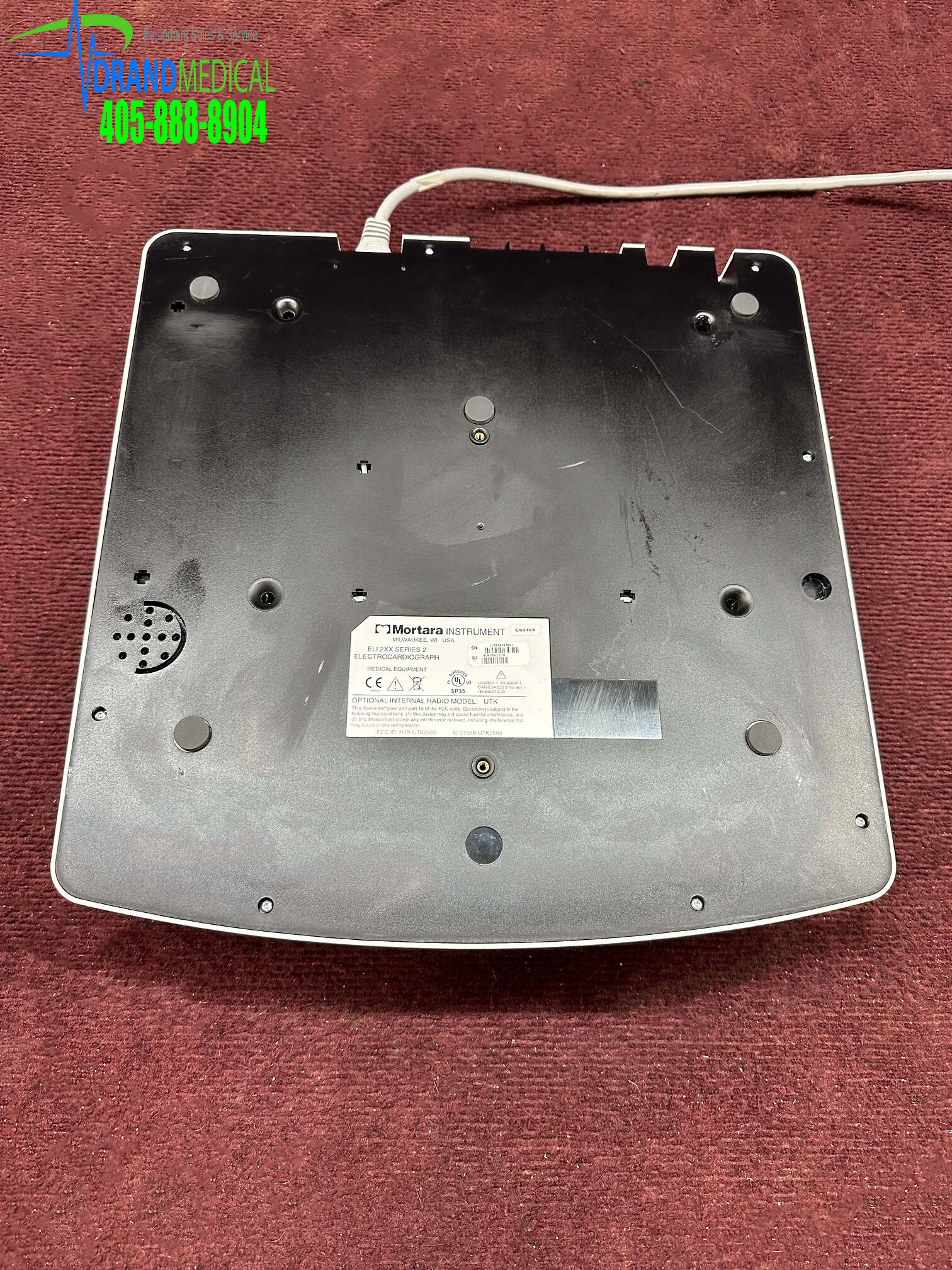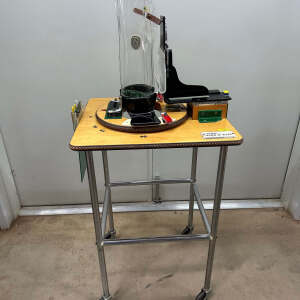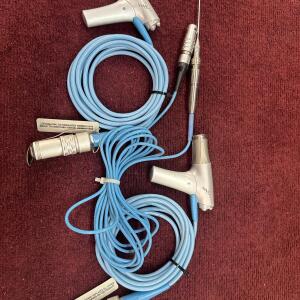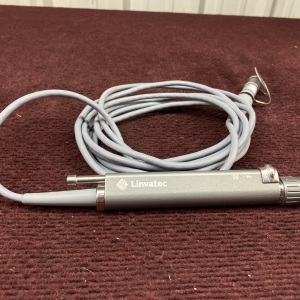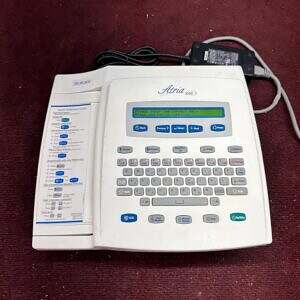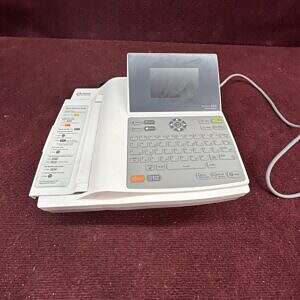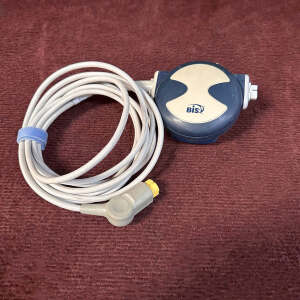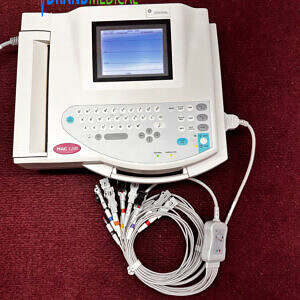Description
Manual Purpose
This manual is intended to provide the user with information about:
-
Using and understanding the ELI™ 150c or ELI 250c electrocardiograph, the function and feature keys, and the display screen.
-
Preparing the device for use. (Section 2)
-
Acquiring, printing, and storing an ECG. (Section 3)
-
System settings. (Section 4)
-
Connectivity and transmitting ECGs. (Appendix A)
-
Maintenance and troubleshooting. (Appendix B)
NOTE: This manual may contain screen shots. Any screen shots are provided for reference only. Consult the actual screen in the host language for specific wording.
Audience
This manual is written for clinical professionals. They are expected to have working knowledge of medical procedures and terminology as required for monitoring cardiac patients.
Indications for Use
-
Device is indicated for use to acquire, analyze, display, and print electrocardiograms.
-
Device is indicated for use to provide interpretation of the data for consideration by a physician
-
Device is indicated for use in a clinical setting, by a physician or by trained personnel who are acting on the orders of a licensed physician. It is not intended as a sole means of diagnosis.
-
The interpretations of ECG offered by the device are only significant when used in conjunction with a physician over-read as well as consideration of all other relevant patient data.
-
Device is indicated for use on adult and pediatric populations.
-
The device is not intended to be used as a vital signs physiological monitor.
System Description
The device is a 12-lead diagnostic electrocardiograph used for acquiring, viewing, and printing adult and pediatric 12-lead ECG data. The device is optionally equipped with Welch Allyn’s VERITAS™ resting ECG interpretation algorithm with age and gender specific criteria. If this option is enabled (see Section 4) the VERITAS algorithm can provide an over-reading physician with a silent second opinion through diagnostic statements output on the ECG report. For additional information on the VERITAS algorithm, please refer to the Physician’s Guide Adult and Pediatric user manual.
The device can be configured with expanded memory, bidirectional connectivity, and DICOM® protocol support, and operates on battery or line power.
Supported print formats for the ELI 150c include: standard or Cabrera 3, 3+1, 3+3, or 6 channel in automatic mode; 3 or 6 channel rhythm strip printing.
Supported print formats for the ELI 250c include: standard or Cabrera 3+1, 3+3, 6, 6+6, or 12 channel in automatic mode; 3, 6, or 12 channel rhythm strip printing.
With either model, during rhythm strip printing the user can toggle between the various channels (default leads, limb and chest leads, etc.) to print by selecting F2 (Leads). To suspend a rhythm strip print, press F6 (Stby); press F6 (Cont) to resume. Press STOP at any time to end rhythm strip printing.
ELI 250c Specifications
EQUIPMENT PREPARATION
Initial Startup
With its initial use, the device requires the user to set certain configurations prior to obtaining any ECGs. The device will automatically display a language configuration page followed by AC filter frequency, height/weight units, a set time/date configuration page (including daylight savings time selection), and a configuration page to pair the WAM™ (wireless acquisition module) if it will be used. (Refer to the WAM user manual for detailed pairing instructions to the device.)
Connecting the Acquisition Module
Connect the AM12™ to the ECG connector at the rear of the device. When using the optional WAM for ECG acquisition, the connector is not required.
